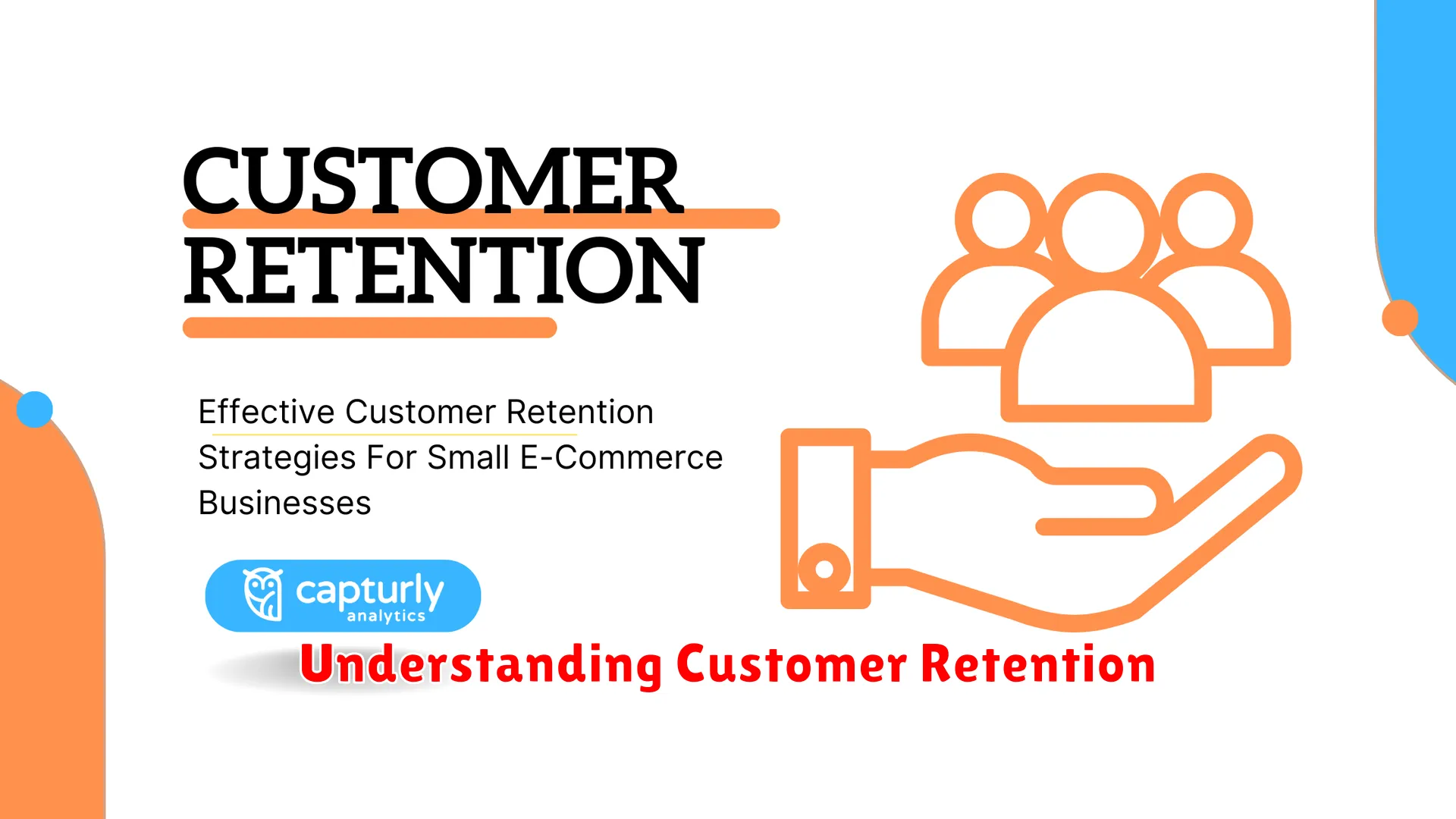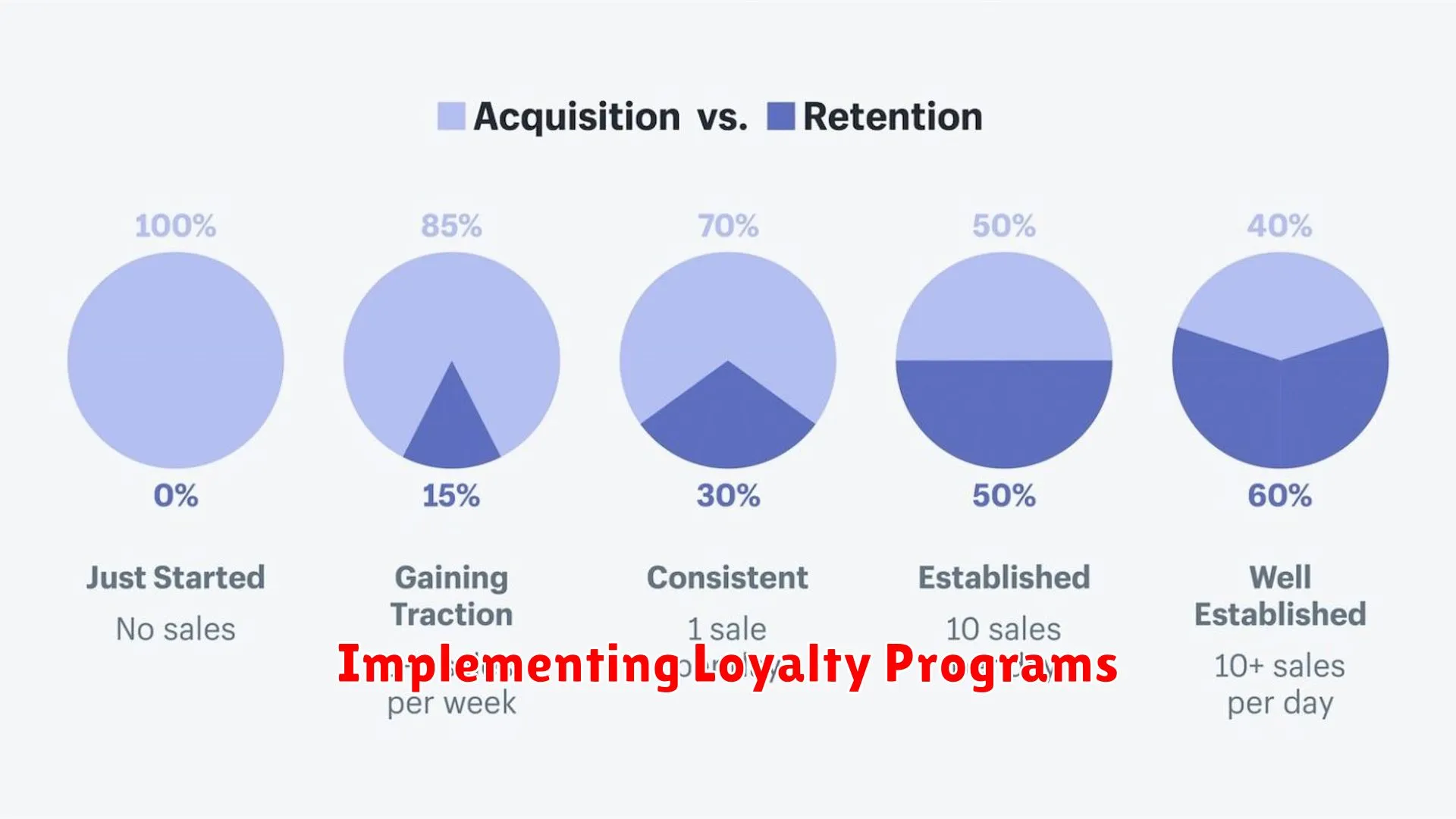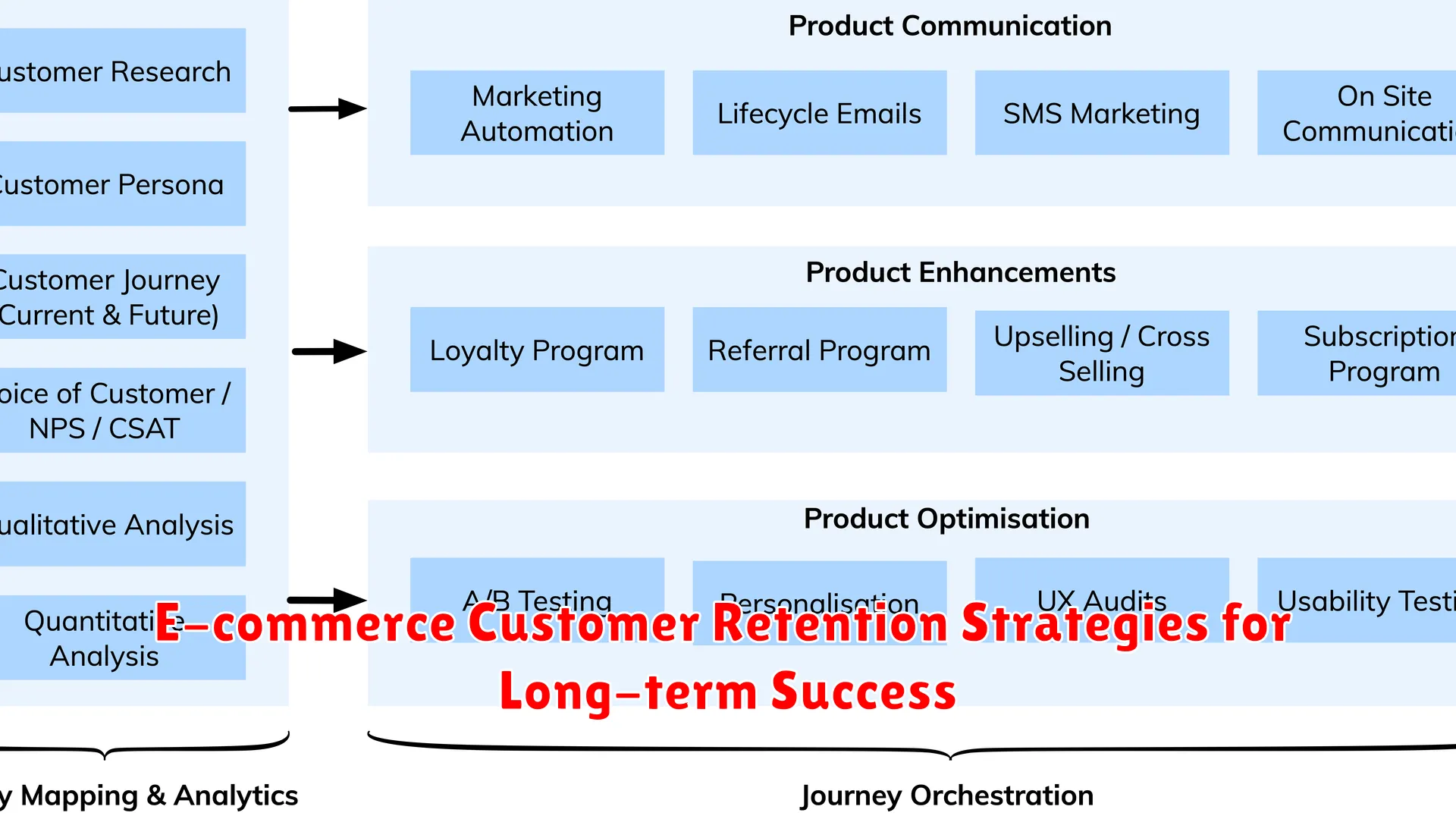Discover effective e-commerce customer retention strategies to ensure long-term success for your online business. Learn how personalized customer experiences, loyalty programs, and targeted communication can help you build strong and lasting relationships with your customers.
Understanding Customer Retention

Customer retention is a crucial aspect for the long-term success of any e-commerce business. It refers to the ability of a company to retain its existing customers over a period of time, ensuring they continue making purchases and remain loyal to the brand. Understanding the importance of customer retention can significantly impact the growth and sustainability of an e-commerce venture.
One key element in understanding customer retention is recognizing the value of building strong relationships with customers. By providing exceptional customer service and personalized experiences, e-commerce businesses can create a sense of loyalty among their clientele. This can lead to repeat purchases and positive word-of-mouth marketing, further enhancing customer retention.
Moreover, analyzing customer data and behavior patterns can offer valuable insights into understanding what drives customer loyalty. By utilizing tools such as customer relationship management (CRM) software, e-commerce businesses can track customer interactions, preferences, and purchase history to tailor their marketing strategies and communication effectively.
Implementing customer retention strategies such as loyalty programs, personalized recommendations, and targeted marketing campaigns can help nurture customer relationships and encourage repeat business. By focusing on retaining existing customers, e-commerce businesses can potentially reduce customer acquisition costs and increase overall profitability.
Personalization Tactics for Retention

In the realm of E-commerce customer retention, personalization has proven to be a key strategy for fostering long-term success. By tailoring the shopping experience to individual customers, businesses can create deeper connections and enhance loyalty. Here are some effective personalization tactics to consider:
1. Personalized Recommendations
Utilize customer data and browsing history to offer personalized product recommendations to each customer. By suggesting items based on their preferences and past purchases, you can increase the likelihood of repeat purchases and overall satisfaction.
2. Customized Communication
Segment your customer base and send targeted personalized emails or messages. Personalizing communications based on customers’ interests, behaviors, or purchase history can lead to higher engagement and conversion rates.
3. Tailored Promotions
Create customized promotions that resonate with individual customers. Whether it’s offering a discount on their favorite products or providing exclusive deals based on their shopping habits, tailored promotions show customers that their preferences are valued.
4. Interactive Experiences
Offer interactive experiences on your website or app that adapt to each user. From personalized landing pages to quizzes that provide personalized product recommendations, interactivity enhances the customer’s journey and encourages them to stay engaged.
Implementing these personalization tactics can help E-commerce businesses build stronger relationships with customers, increase retention rates, and ultimately drive long-term success in a competitive market.
Implementing Loyalty Programs

Implementing loyalty programs can be a highly effective strategy to enhance e-commerce customer retention for long-term success. By rewarding customers for their repeat business and engagement with your online store, you can foster a sense of loyalty and encourage them to continue shopping with you.
Benefits of Loyalty Programs
1. Customer Engagement: Loyalty programs provide incentives for customers to interact more frequently with your e-commerce platform, increasing their engagement levels.
2. Brand Loyalty: By offering rewards such as discounts, exclusive offers, or freebies, you can build a loyal customer base that chooses your store over competitors.
3. Repeat Purchases: Encouraging repeat purchases through loyalty programs can boost your revenue and ensure a steady stream of business.
Strategies for Successful Implementation
1. Personalization: Tailor your loyalty programs to suit the preferences and purchasing behaviors of individual customers to make them feel valued.
2. Clear Communication: Ensure that the terms and benefits of your loyalty program are clearly communicated to customers to encourage participation.
3. Track and Analyze Data: Use data analytics to track the effectiveness of your loyalty programs and make necessary adjustments to maximize their impact.
Case Studies and Examples
1. Amazon Prime: Amazon’s loyalty program, Prime, offers customers a range of benefits, including free two-day shipping and access to streaming services, leading to high retention rates and increased customer lifetime value.
2. Sephora Beauty Insider: Sephora’s loyalty program rewards customers with points for purchases, special gifts on birthdays, and exclusive access to events, fostering strong brand loyalty among beauty enthusiasts.
The Role of Customer Service in Retention

Customer service plays a crucial role in the overall retention strategy of an e-commerce business. It serves as the frontline connection between the brand and its customers, shaping their experience and relationship with the company.
Building Trust and Loyalty: Effective customer service that is attentive, responsive, and personalized can help build trust and loyalty among customers. When customers feel valued and heard, they are more likely to continue shopping with the brand.
Resolving Issues: Promptly addressing and resolving customer issues is essential for retention. By providing efficient solutions to problems or complaints, businesses can turn dissatisfied customers into loyal advocates.
Personalized Engagement: Tailoring customer service interactions based on individual preferences and past interactions can enhance the overall customer experience. Personalized engagement shows customers that their needs are understood and valued.
Feedback and Improvement: Customer service also serves as a valuable feedback channel for e-commerce businesses. By listening to customer feedback and addressing areas of improvement, companies can continuously enhance their offerings to meet customer expectations.
Analyzing Retention Metrics for Improvement

When it comes to E-commerce customer retention strategies for long-term success, one vital aspect that businesses should focus on is analyzing retention metrics. By delving into these metrics, companies can gain valuable insights into customer behavior, preferences, and satisfaction levels, allowing them to fine-tune their strategies for enhanced retention rates.
One key metric to analyze is customer churn rate, which indicates the percentage of customers who stop using a company’s services within a specific time frame. By tracking this metric over time, businesses can identify trends and patterns that might signal issues with their products or services, prompting them to make necessary improvements to retain customers.
Another crucial metric is customer lifetime value (CLV), which quantifies the total revenue a business can expect from a single customer over their entire relationship. Analyzing CLV can help businesses segment their customers based on their value and tailor retention strategies accordingly, focusing on high-value customers to maximize long-term profitability.
Repeat purchase rate is also a significant metric to consider, as it measures the percentage of customers who make more than one purchase from a company. By analyzing this metric, businesses can evaluate the effectiveness of their post-purchase engagement strategies and identify opportunities to encourage repeat purchases through personalized offers or loyalty programs.
Conclusion
In conclusion, implementing effective e-commerce customer retention strategies is crucial for achieving long-term success in the competitive online market.

